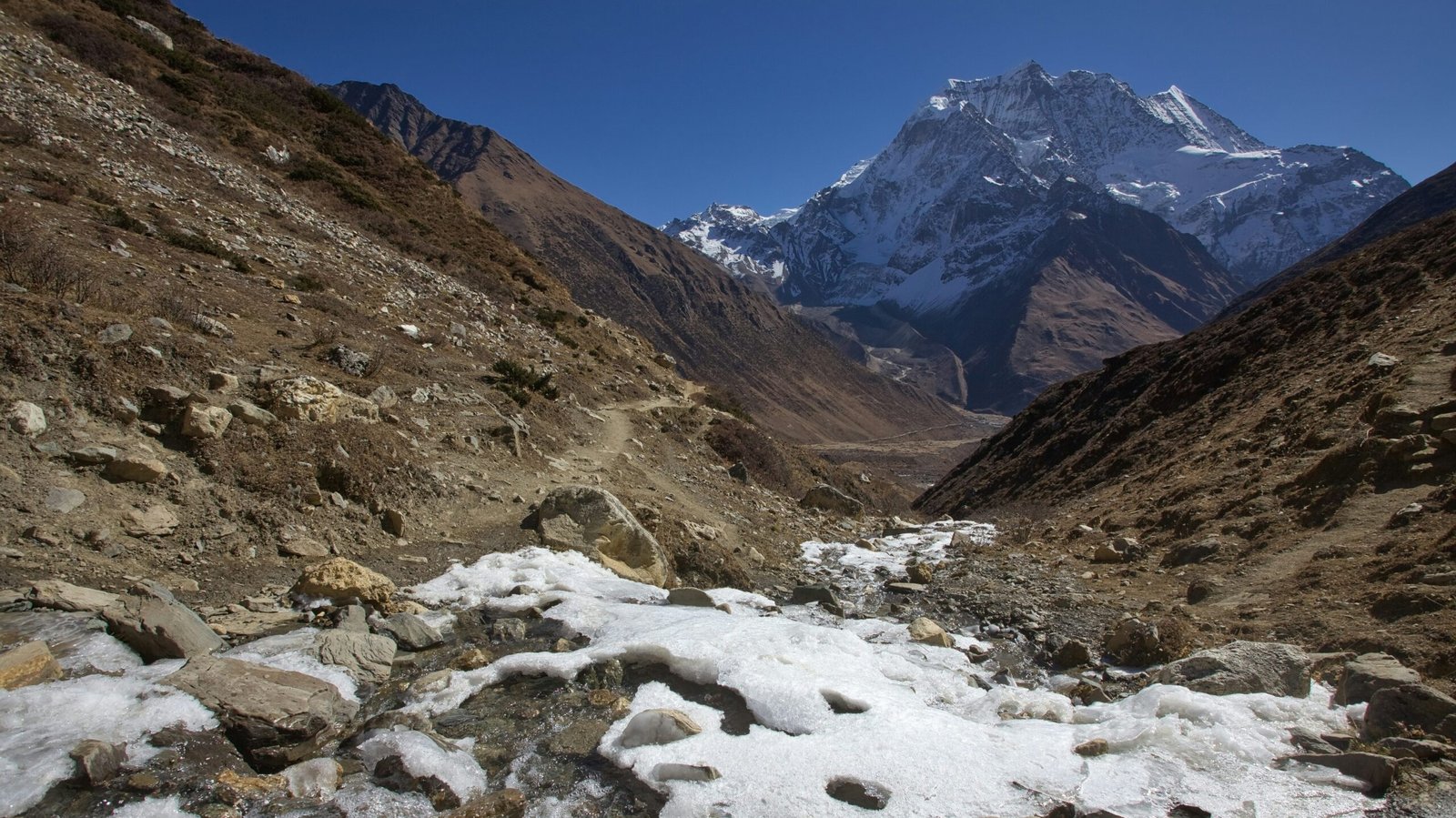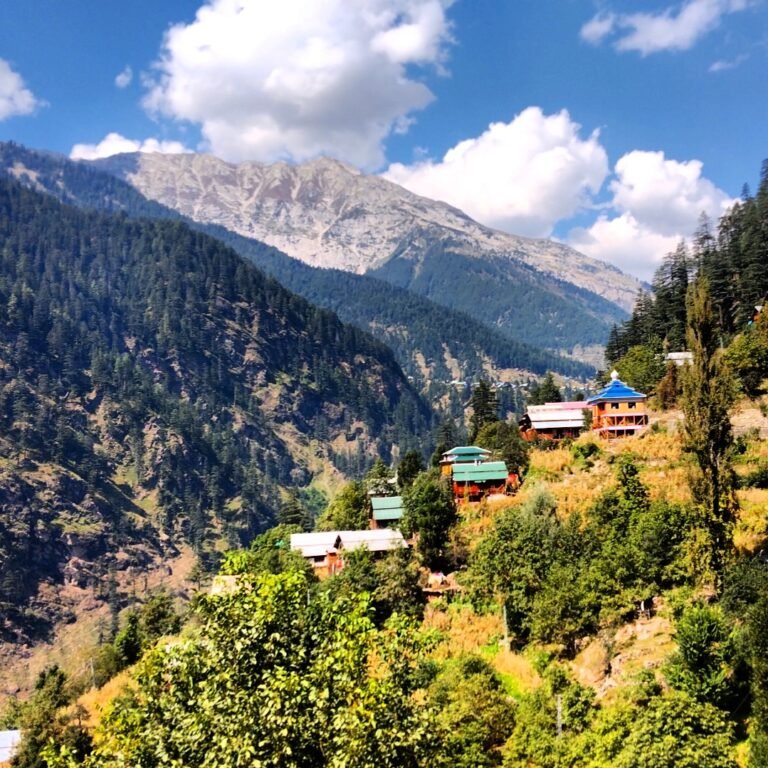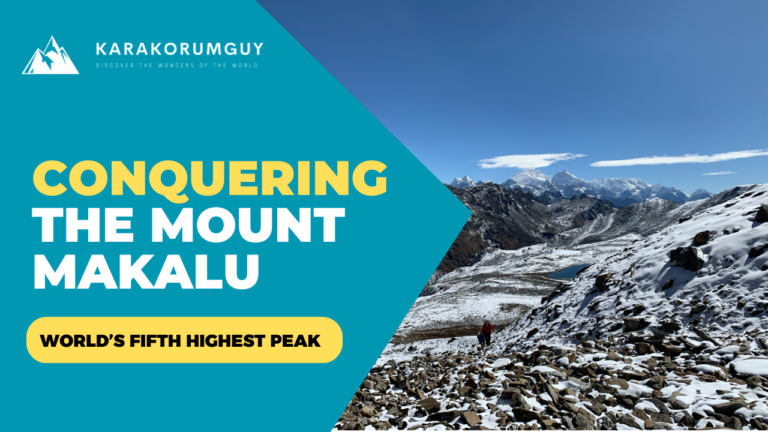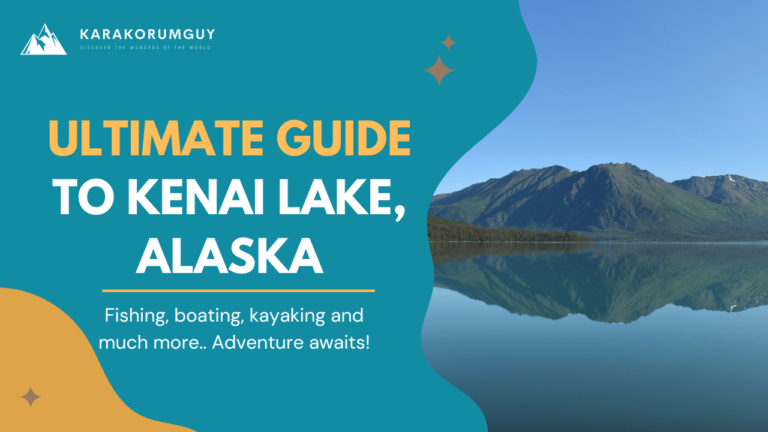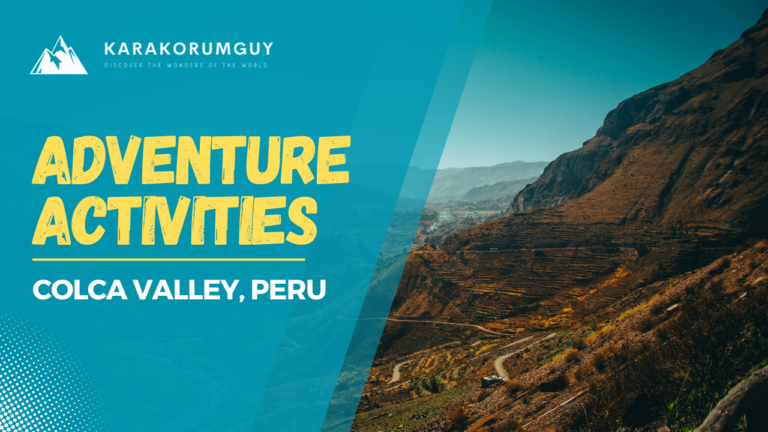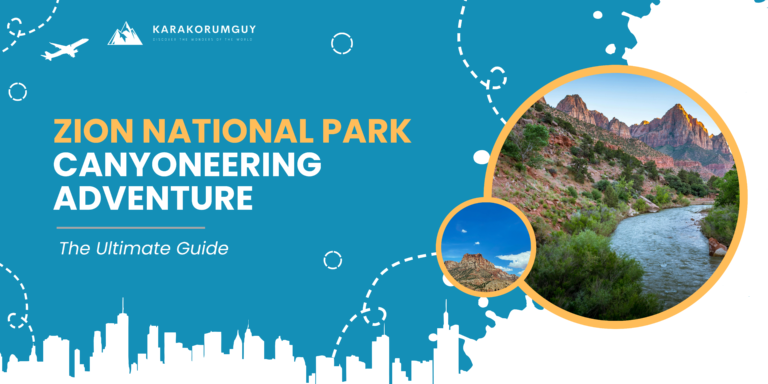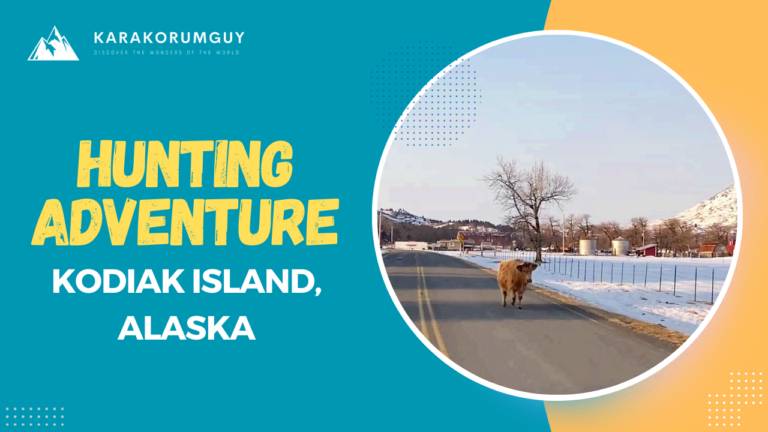Manaslu: 8th Highest Mountain in the World
Manaslu is the eighth highest mountain in the world. Its name, which means “Mountain of the Spirit,” comes from the Sanskrit word “manasa,” which means intellect or soul. The mountain is known for its challenging climbing routes and remote location, offering a significant challenge to mountaineers.
Location of Manaslu:
It is located in the Himalayas of Nepal. It is the eighth highest mountain in the world, with an elevation of 8,163 meters (26,781 feet) above sea level.
In this article, we are going to explore Manaslu, the eighth highest mountain in the world. So, let’s delve deeply into its details:
Exploring Manaslu: Major Climbs and Milestones
It has a rich history marked by significant climbs and milestones. Here are some of the major ones:
1. First Ascent:
Manaslu was first summited on May 9, 1956, by a Japanese expedition led by Toshio Imanishi. The team members Toshio Imanishi and Gyalzen Norbu successfully reached the summit.
2. First Winter Ascent:
The first winter ascent of Manaslu was achieved by a Polish team led by Maciej Berbeka on January 12, 1984. This ascent was a notable achievement in the history of winter mountaineering.
3. First Female Ascent:
The first female ascent of Manaslu was accomplished by a Japanese climber, Junko Tabei, on May 4, 1981. Tabei was also the first woman to reach the summit of Mount Everest in 1975.
4. Tragic Avalanche:
In 2012, a large avalanche swept through Camp III on Manaslu, resulting in the deaths of 11 climbers, including both Sherpas and foreign climbers. This tragic event highlighted the dangers of climbing in the Himalayas.
5. Recent Expeditions and Records:
In recent years, there have been numerous successful expeditions to Manaslu, with climbers attempting various routes and achieving notable records. These include speed ascents, solo climbs, and new route openings, contributing to the ongoing history of mountaineering on Manaslu.
6. Conservation Efforts:
Manaslu Conservation Area, established in 1998, is a notable milestone in the conservation efforts for the region surrounding the mountain. This protected area helps preserve the unique biodiversity and cultural heritage of the Manaslu region.
These climbs and milestones reflect the challenges and triumphs associated with mountaineering on Manaslu, adding to its significance in the world of high-altitude climbing.
Is Mount Manaslu considered dangerous?
Mount Manaslu is considered one of the more dangerous peaks to climb in the world. The risks associated with climbing Manaslu include extreme weather conditions, avalanches, crevasses, and high altitude sickness. Despite its dangers, many experienced mountaineers are drawn to its challenging ascent.
The Challenges of Climbing Manaslu
Climbing Manaslu presents a myriad of challenges, both physical and mental, making it one of the most demanding expeditions in the Himalayas. Here are some of the key challenges climbers face:
1. Altitude of Manaslu:
Manaslu stands at 8,163 meters (26,781 feet) above sea level, making altitude sickness a significant concern. Acclimatization is crucial, as ascending too quickly can lead to potentially fatal conditions like cerebral or pulmonary edema.
2. Weather of Manaslu:
The weather in the Himalayas is notoriously unpredictable, with conditions changing rapidly. Climbers may encounter high winds, heavy snowfall, and extreme cold, particularly during the climbing season in spring and autumn.
3. Technical Difficulty:
Manaslu’s routes feature steep terrain, icy slopes, and crevasses, requiring advanced mountaineering skills such as ice climbing, fixed rope techniques, and navigation through complex glacier systems.
4. Manaslu Avalanches:
The mountain is prone to avalanches, especially in certain sections such as the notorious “Japanese Couloir.” Climbers must carefully assess avalanche risk and choose safe routes to minimize danger.
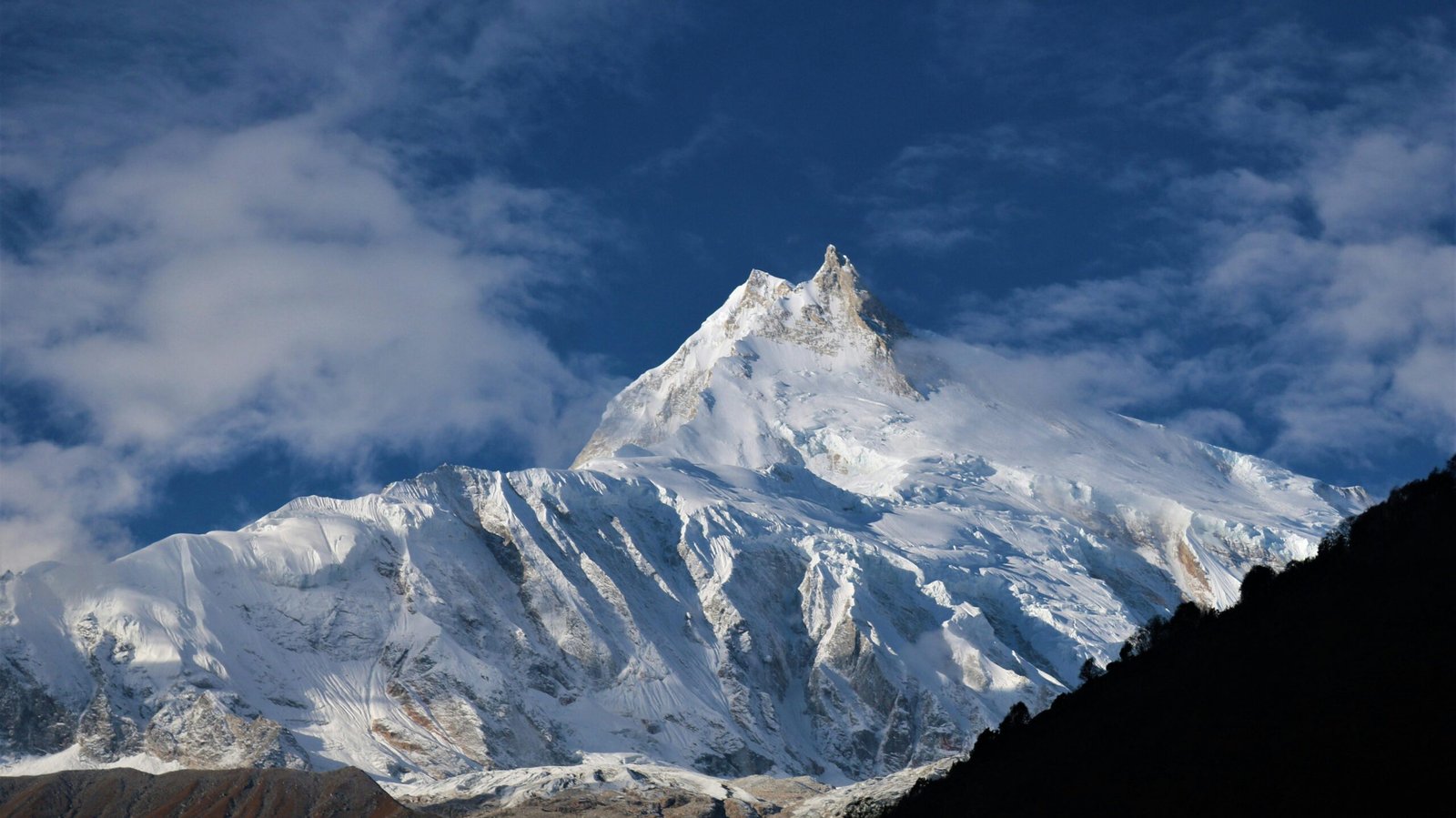
5. Limited Infrastructure:
Unlike some of the more popular peaks like Everest, Manaslu has limited infrastructure, with fewer established camps, fewer fixed ropes, and less support from Sherpa guides. Climbers must be more self-sufficient and prepared to handle emergencies.
5. Remote Location:
Manaslu is situated in a remote region of Nepal, far from major cities and rescue facilities. Evacuation in case of emergencies can be challenging and time-consuming, requiring coordination with helicopter rescue teams.
6. Cost:
Mountaineering permits for Manaslu are expensive, adding to the overall cost of the expedition. Additionally, logistical expenses for equipment, food, accommodation, and support staff can be substantial.
7. Environmental Concerns:
Climbers must adhere to strict environmental guidelines to minimize their impact on the fragile mountain ecosystem. Proper waste disposal and responsible climbing practices are essential to preserve the natural beauty of Manaslu.
Despite these challenges, the allure of summiting the world’s eighth highest peak continues to attract climbers seeking adventure and personal fulfillment. However, success on it requires meticulous planning, physical fitness, technical proficiency, and respect for the mountain’s formidable forces.
Trekking in Manaslu
1. Why Choose Manaslu Treks?
Trekking in the Manaslu region presents a myriad of reasons why it stands out among other Himalayan destinations. Firstly, its remoteness ensures a serene trekking experience away from the crowds often found on more popular routes. Additionally, trekkers are treated to unparalleled cultural immersion as they pass through traditional villages inhabited by diverse ethnic groups such as the Gurungs, Tamangs, and Tibetans. Moreover, the stunning landscapes, including pristine forests, glacial rivers, and panoramic mountain vistas, make every step a visual delight.
2. Best Time to Trek
To make the most of your trekking adventure, it’s essential to choose the right time of year. Generally, the best seasons for trekking in the region are spring (March to May) and autumn (September to November). During these periods, the weather is typically clear, offering optimal visibility and comfortable temperatures for trekking. It’s advisable to avoid the monsoon season (June to August) due to heavy rainfall and the winter months (December to February) when high passes may be closed due to snow.
3. Popular Manaslu Treks
Here’s an overview of some popular treks, along with their highlights and difficulty levels:
3.1. Manaslu Circuit Trek
Overview: The Manaslu Circuit Trek encircles the majestic Mount Manaslu, the eighth highest peak in the world. It offers a remote and less crowded alternative to the Annapurna Circuit.
Highlights: Stunning views of Mount Manaslu and surrounding peaks, diverse landscapes including lush forests, rugged gorges, and high mountain passes, encounters with traditional Tibetan villages and Buddhist monasteries.
Difficulty Level: Moderate to Challenging. The trek involves crossing the challenging Larkya La Pass (5,160m), requiring good physical fitness and acclimatization.
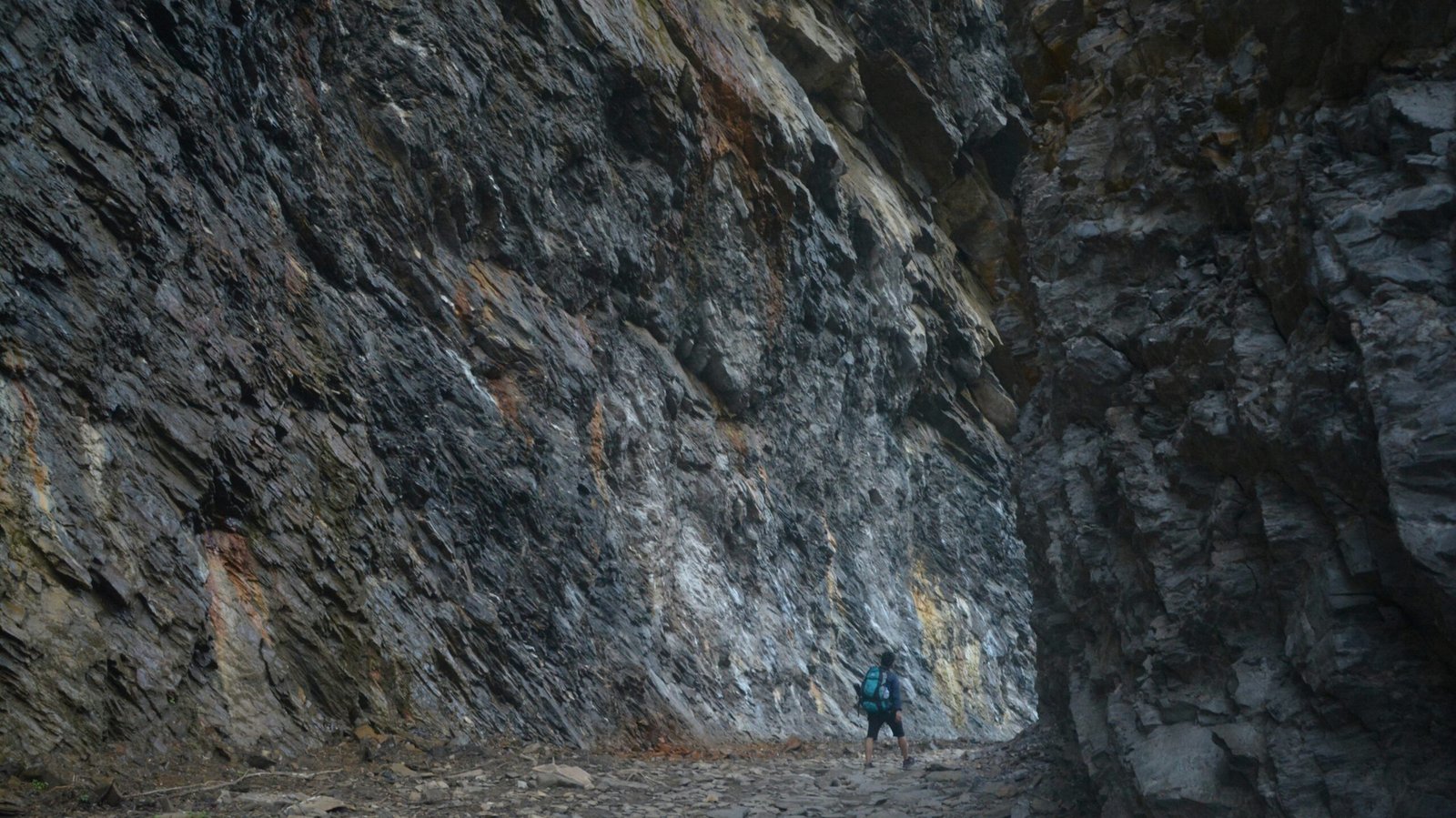
3.2 Tsum Valley Trek
Overview: The Tsum Valley Trek leads into the sacred Tsum Valley, a hidden gem nestled in the Himalayas. It is renowned for its ancient Buddhist monasteries and unique cultural heritage.
Highlights: Exploring the culturally rich Tsum Valley, visits to ancient monasteries like Mu Gompa and Rachen Gompa, panoramic views of the Ganesh Himal and Sringi Himal ranges.
Difficulty Level: Moderate. The trek involves some moderate ascents and descents but does not reach extreme altitudes.
3.3 Manaslu Base Camp Trek
Overview: The Manaslu Base Camp Trek takes trekkers to the foot of Mount Manaslu, providing close-up views of its towering peak and surrounding glaciers.
Highlights: Spectacular views of Mount Manaslu, crossing the Budhi Gandaki River gorge, encountering diverse flora and fauna including blue sheep and Himalayan tahr.
Difficulty Level: Moderate. While not as strenuous as the Manaslu Circuit, it still requires a reasonable level of fitness due to its duration and occasional steep sections.

3.4 Manaslu Rupina La Pass Trek
Overview: The Manaslu Rupina La Pass Trek offers a challenging adventure through remote and rugged terrain, culminating in a crossing of the Rupina La Pass.
Highlights: Trekking through less-visited areas, crossing the high-altitude Rupina La Pass with panoramic views of the Himalayas, exploring the cultural diversity of the region.
Difficulty Level: Challenging. The trek involves steep ascents and descents, particularly when crossing the Rupina La Pass, demanding excellent physical conditioning and acclimatization.
3.5 Manaslu Ganesh Himal Trek
Overview: The Manaslu Ganesh Himal Trek combines the beauty of both the Manaslu and Ganesh Himal ranges, offering a diverse and rewarding trekking experience.
Highlights: Trekking through two distinct Himalayan ranges, encounters with diverse ethnic cultures including Gurungs, Tamangs, and Tibetans, panoramic views of snow-capped peaks and terraced farmland.
Difficulty Level: Moderate. The trek involves some uphill climbs and descents but is generally less challenging compared to high-altitude passes.
These treks showcase the natural beauty, cultural richness, and adventure of the Manaslu region, catering to a range of preferences and fitness levels.
Guided vs. Independent Trekking
While some trekkers prefer the flexibility and independence of trekking solo or with a group of friends, others opt for guided treks led by experienced local guides. Guided treks offer several benefits, including logistical support, cultural insights, and safety assurance. However, independent trekkers enjoy greater freedom and can customize their itinerary according to their preferences.
Tips for Choosing the Right Manaslu Trek
- Consider your fitness level and trekking experience.
- Research the highlights and difficulty level of each trek.
- Consult with experienced trekkers or local guides for advice.
- Pack appropriately for the changing weather conditions and high altitudes.
- Take your time to acclimatize and listen to your body during the trek.
Permits and Regulations
When trekking in the Manaslu region of Nepal, there are several permits and regulations that you need to be aware of and obtain:
1. Manaslu Restricted Area Permit:
This permit is essential for trekking in the Manaslu region. It is issued by the Nepal Tourism Board or through authorized trekking agencies.
2. Manaslu Conservation Area Permit (MCAP):
This permit is required as the Manaslu region falls within the Manaslu Conservation Area. It is obtainable from the Nepal Tourism Board or local conservation offices.
3. Annapurna Conservation Area Permit (ACAP):
Depending on your trekking route, you may also need an ACAP, as some routes in the Manaslu region overlap with the Annapurna Conservation Area. This permit can be obtained along with the MCAP.
4. Trekkers Information Management System (TIMS) Card:
Though not always required for the Manaslu Circuit trek, it’s wise to have a TIMS card. However, it’s always best to check current regulations, as requirements may change.
5. Local Permits and Entry Fees:
In addition to the above permits, certain checkpoints along the trek may require you to obtain local permits and pay entry fees. These fees contribute to the maintenance of the trails and conservation efforts in the region.
6. Trekking Guide or Porter:
Depending on your experience and preference, you may need to hire a licensed trekking guide or porter. Some areas in the Manaslu region may require trekkers to be accompanied by a licensed guide for safety and conservation reasons.
7. Respect Local Customs and Regulations:
While not a permit, it’s crucial to respect local customs, traditions, and regulations while trekking in the Manaslu region. This includes adhering to waste management guidelines, respecting wildlife, and following designated trekking routes.
Ensure you obtain all necessary permits and adhere to the regulations to enjoy a safe and fulfilling trekking experience.
Packing Essentials
For your trekking experience in the Manaslu region, here’s a list of packing essentials:
1. Clothing:
- Moisture-wicking base layers
- Insulating layers (fleece or down jacket)
- Waterproof and windproof jacket and pants
- Quick-drying hiking pants and shorts
- Thermal underwear
- Breathable hiking socks (several pairs)
- Warm hat and gloves
- Sun hat and sunglasses
2. Footwear:
- Sturdy hiking boots with good ankle support
- Camp shoes or sandals for resting
3. Gear:
- Lightweight and durable backpack
- Sleeping bag suitable for low temperatures
- Trekking poles for stability
- Headlamp or flashlight with extra batteries
- Water purification tablets or filter
- Portable charger for electronic devices
- Multi-tool or Swiss army knife
- Lightweight, quick-dry towel
- Trekking map and compass or GPS device
4. Hydration and Nutrition:
- Reusable water bottle or hydration bladder
- High-energy snacks (nuts, energy bars, dried fruits)
- Electrolyte tablets or powder
5. First Aid Kit:
- Bandages, adhesive tape, and gauze pads
- Antiseptic wipes and antibiotic ointment
- Pain relievers (ibuprofen or acetaminophen)
- Blister treatment (moleskin or blister pads)
- Prescription medications (if applicable)
6. Personal Items:
- Sunscreen (high SPF)
- Lip balm with SPF
- Insect repellent
- Toiletries (toothbrush, toothpaste, biodegradable soap)
- Personal medication and any necessary prescriptions
- Wet wipes or hand sanitizer
7. Other Essentials:
- Lightweight, quick-dry travel towel
- Plastic bags for waterproofing
- Camera or smartphone for capturing memories
- Notebook and pen
- Cash in local currency for small purchases or emergencies
- Necessary permits and identification documents

Remember to pack light and efficiently, considering the duration and challenges of your trek. Prepare for varying weather conditions and be mindful of the environmental impact of your journey.
Safety Tips for Trekking in Manaslu
Here are some safety tips to keep in mind while trekking:
- Acclimatize gradually to avoid altitude sickness.
- Drink plenty of water to stay hydrated.
- Obtain necessary permits and follow local regulations.
- Check weather forecasts and prepare for changing conditions.
- Trek with a companion or group for mutual support.
- Carry emergency communication devices and inform someone of your itinerary.
- Stick to designated trails to avoid getting lost.
- Pack essential safety gear including first aid kit and navigation tools.
- Respect wildlife and observe from a distance.
- Ensure physical fitness and proper training before trekking.
Getting to Manaslu: Transportation Guide
To reach there, one of the highest peaks in the world located in Nepal, you’ll need to plan your transportation carefully. Here’s a guide to help you:
1. International Travel:
If you’re coming from outside Nepal, you’ll likely arrive at Tribhuvan International Airport (TIA) in Kathmandu, the capital city of Nepal. Many international airlines operate flights to Kathmandu from major cities around the world.
2. Domestic Flight to Pokhara:
From Kathmandu, you can take a domestic flight to Pokhara, the starting point for most treks in the Annapurna region, including Manaslu. Pokhara has a domestic airport with frequent flights from Kathmandu.
3. Road Travel to Soti Khola:
From Pokhara, you can take a bus or hire a private vehicle to drive to Soti Khola, the starting point of the Manaslu Circuit trek. The journey takes approximately 7-8 hours and offers scenic views of the countryside.
4. Trekking:
Once you reach Soti Khola, you’ll begin your trek to Manaslu Base Camp. The trekking route passes through villages, forests, and high mountain passes, offering breathtaking views of the Himalayas along the way. Make sure to obtain the necessary permits for trekking in the Manaslu Conservation Area.
5. Guided Tours:
If you’re not familiar with trekking or prefer a guided experience, you can join a guided tour organized by trekking agencies in Nepal. They will arrange transportation, permits, accommodations, and a guide for your trek to Manaslu.
6. Porter Services:
If you have heavy luggage or prefer not to carry your backpack during the trek, you can hire a porter in Soti Khola to carry your belongings to the base camp and back.
7. Return Journey:
After completing the trek, you can retrace your steps back to Soti Khola and then take transportation back to Pokhara. From Pokhara, you can either fly back to Kathmandu or take a bus back to Kathmandu for your international flight home.
Remember to check weather conditions and trail conditions before embarking on the trek, and always be prepared with appropriate gear and supplies for high-altitude trekking.
Accommodation Options
In the Manaslu region, tourists have a variety of accommodation options to choose from, catering to different budgets and preferences. Here are some common choices:
1. Teahouses/Lodges:
Along the popular trekking routes in the Manaslu region, you’ll find numerous teahouses and lodges. These are basic but comfortable accommodations offering rooms with twin beds or dormitory-style sleeping arrangements. They usually provide meals such as dal bhat (rice and lentils), noodles, soups, and beverages.
2. Camping:
For those seeking a more immersive experience in nature, camping is a popular option. There are designated camping sites along the trekking routes where tourists can set up tents. Many trekking agencies provide camping gear and support staff to assist with cooking and setting up camp.
3. Guesthouses:
In some of the larger villages along the Manaslu Circuit, there are guesthouses offering more upscale accommodations compared to teahouses. These may feature amenities such as private bathrooms, hot showers, and electricity, though standards can vary.
4. Homestays:
For a more authentic cultural experience, tourists can opt to stay with local families in homestays. This provides an opportunity to immerse oneself in the daily life and customs of the people living in the region. Homestays typically offer simple accommodations and home-cooked meals.
5. Luxury Lodges:
In recent years, a few luxury lodges have been established in the manaslu region, particularly in places like Samagaon and Samdo. These lodges offer more upscale amenities such as comfortable beds, hot showers, Wi-Fi, and gourmet meals.
It’s important for tourists to plan their accommodation in advance, especially during the peak trekking seasons (spring and autumn), as popular teahouses and lodges can fill up quickly. Additionally, carrying a sleeping bag is recommended, especially for those staying in teahouses or guesthouses, as bedding may be limited or of varying quality.
Conclusion
In conclusion, exploring Mount Manaslu and its surroundings offers a thrilling adventure for trekkers and climbers. Despite its challenges like remote location, extreme weather, and high altitude, many are drawn to its beauty and allure. The region provides a range of trekking options, from the rugged Manaslu Circuit to the culturally rich Tsum Valley. It’s essential to trek responsibly, respecting the environment and local communities, while ensuring safety through proper planning and adherence to regulations. Ultimately, a journey to Manaslu is about more than just reaching the summit—it’s about embracing the experience, connecting with nature, and creating lasting memories.
Hope you found this article helpful! If you want to discover more then check our other blogs on World’s Top 10 Mountain Peaks.




